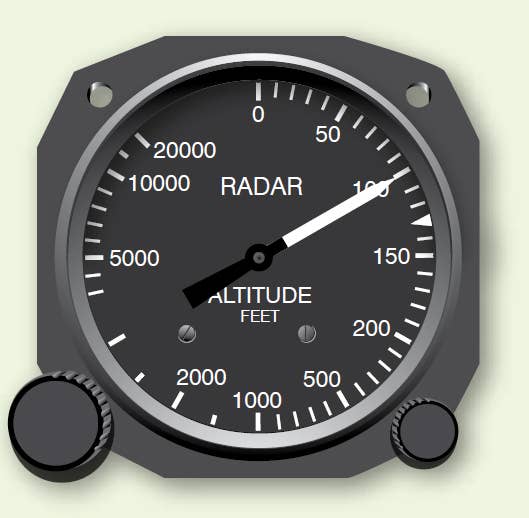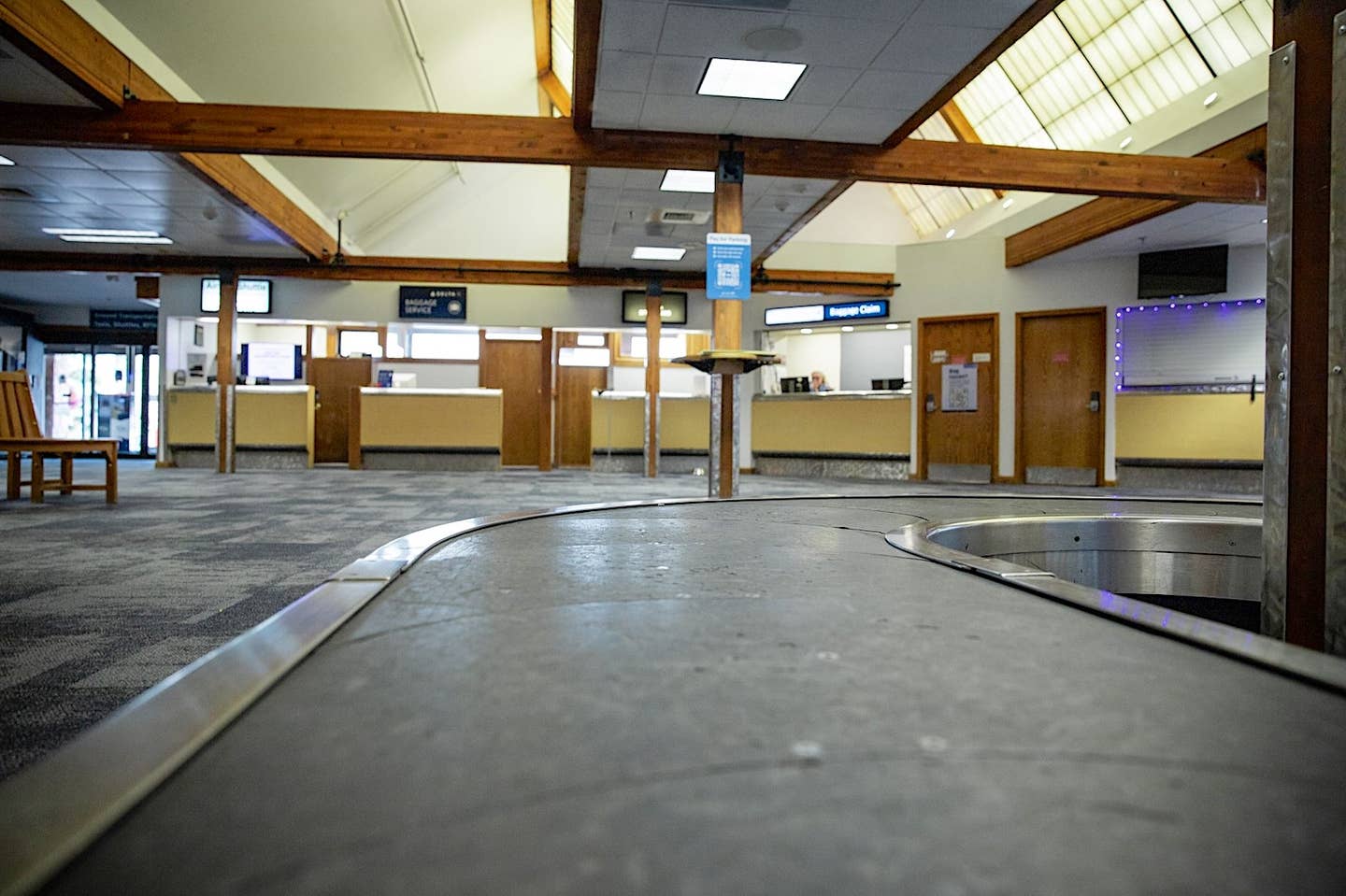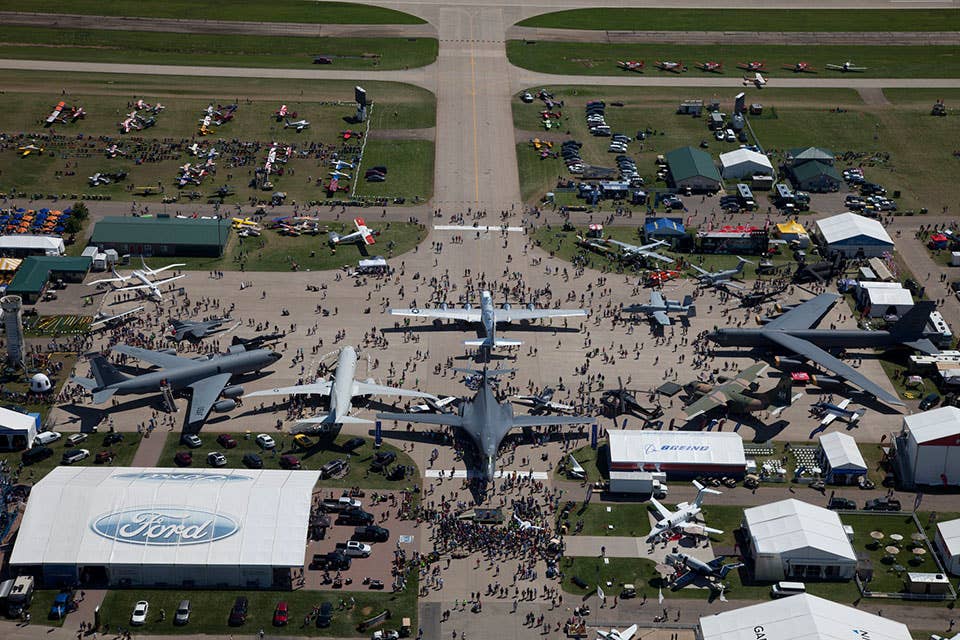FAA Issues 5G ADs
The FAA has issued two airworthiness directives (ADs) requiring flight manual revisions “to incorporate limitations prohibiting certain operations requiring radio [also called radar] altimeter data when in the presence of…

The FAA has issued two airworthiness directives (ADs) requiring flight manual revisions “to incorporate limitations prohibiting certain operations requiring radio [also called radar] altimeter data when in the presence of 5G C-Band interference.” The ADs stem from concerns that the planned rollout of wireless broadband operations in the 3.7-3.98 GHz frequency band (5G C-Band) could adversely impact radar altimeters, which operate in the 4.2-4.4 GHz frequency range. The ADs, one of which applies to transport and commuter category airplanes (PDF) and the other to helicopters (PDF), stipulate that the locations affected will be identified by future Notices to Air Missions (NOTAMs). The FAA also published a Special Airworthiness Information Bulletin (SAIB) concerning the potential effects of 5G deployment on radar altimeters last month (PDF).
“The FAA believes the expansion of 5G and aviation will safely co-exist,” the agency said in a statement. “Today, we took an important step toward that goal by issuing two airworthiness directives to provide a framework and to gather more information to avoid potential effects on aviation safety equipment. The FAA is working closely with the Federal Communications Commission and wireless companies, and has made progress toward safely implementing the 5G expansion.”
Delayed from the original rollout date of Dec. 5, 2021, deployment of the 5G C-Band wireless broadband network is currently expected to begin in 46 major U.S. metropolitan areas starting Jan. 5, 2022. Following the issuance of the ADs, a coalition of aviation organizations led by the Aerospace Industries Association (AIA) released a statement urging “a further delay in 5G deployment for the data sharing and consultations necessary to create a win-win situation for both industries.” In addition to AIA, the groups participating in the coalition include the Air Line Pilots Association (ALPA), Experimental Aircraft Association (EAA), Helicopter Association International (HAI), Aircraft Owners and Pilots Association (AOPA), National Business Aviation Association (NBAA), General Aviation Manufacturers Association (GAMA) and International Air Transport Association (IATA).
“We appreciate the FAA’s efforts to find a safe solution for aviation and successful deployment of 5G,” the coalition said in its statement. “While we are currently evaluating the airworthiness directives and preparing to fully abide by them to ensure that aviation operations remain safe, we also expect significant disruptions to the national aviation system due to the rollout of 5G technologies in the C-band unless the FCC acts to mitigate the concerns. … Our coalition continues to call for a long-term solution that will protect the flying public by ensuring radio altimeters operate accurately while allowing 5G to roll out safely.”






